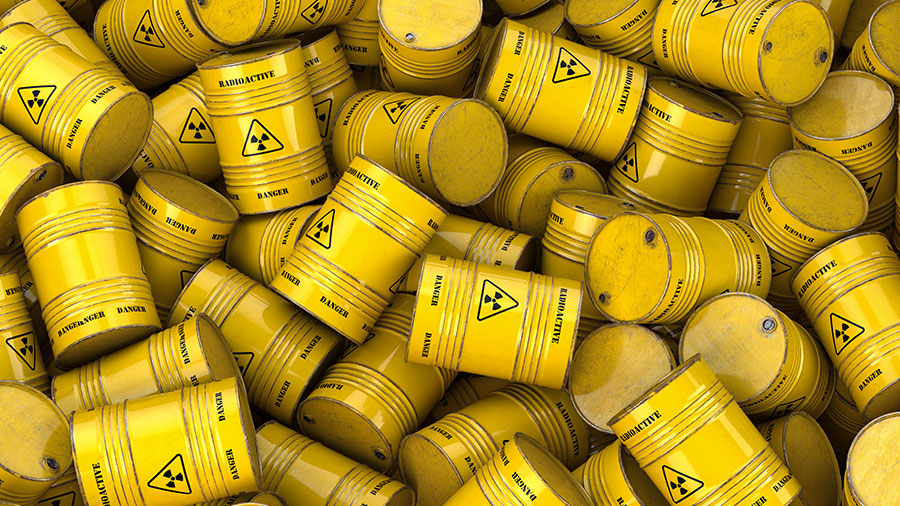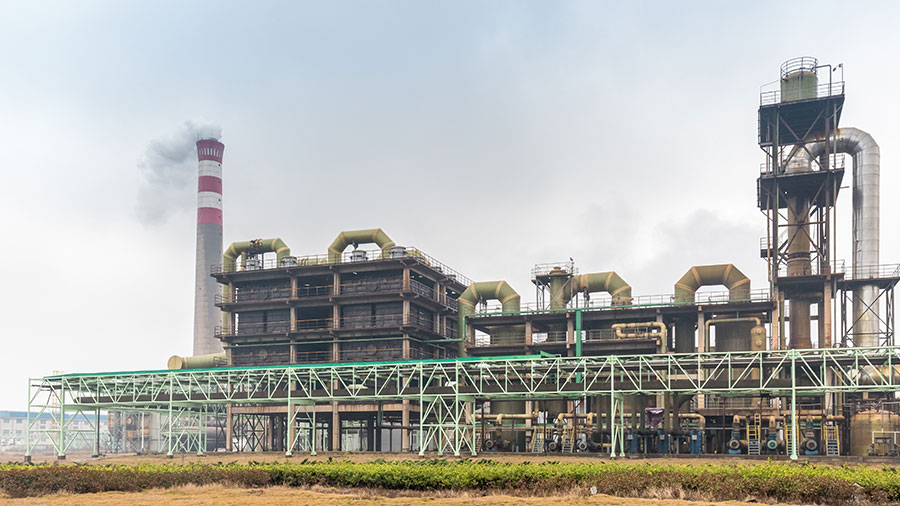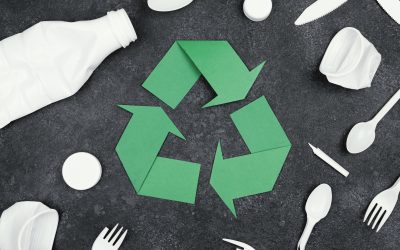Hazardous waste
SUBSTANCES THAT MUST BE ELIMINATED SAFELY
What is hazardous waste?
Hazardous waste refers to industrial and/or urban waste that, owing to its toxicity and hazardousness, must be treated using methods that are extremely safe. It cannot be disposed of in landfill. Such types of waste include those containing phosphides, isocyanates, alkali metals and acids, which form gases during combustion (e.g. chlorine forms hydrogen chloride, HCl), along with those containing mercury, etc. At Tecam we specialise in the treatment of these types of waste. If you have any problems related to hazardous waste at your facilities, we will advise you on the most suitable technologies – always implemented in the form of customised, tailor-made solutions – for treating it.


A specific solution
Because this waste is considered hazardous, it must be incinerated at a very high temperature (1100 °C) for two seconds in a combustion chamber with minimal oxygen content. This ensures complete oxidation.
To carry out this process, at Tecam we normally use rotary or static kilns, depending on the type of waste to be treated. Rotary kilns are used most frequently, as they are designed to treat a wide variety of solids.
Specialists in the sectors that are most sensitive to environmental impacts
We drive sustainable productivity and innovation for industries with more extensive and more complex needs.
Related news
How to Address the Challenges Faced by Environmental Managers in the Industrial Sector
How Tecam can help industrial companies’ environmental managers tackle challenges and turn environmental obligations into opportunities for improvement and leadership.
Waste Treatment and Generation of By-products: Key to a Sustainable and Safe Industrial Environment
In a world where sustainability is the new norm, proper waste disposal is more essential than ever. Implementing waste valorization and reuse practices not only meets environmental needs but also proposes economically viable and socially responsible solutions....
Tecam to showcase its emissions abatement and waste valorisation technologies for the process industries at Achema 2024
Tecam is ready to showcase its cutting-edge environmental technologies designed for emissions abatement and waste valorisation at Achema 2024, a premier gathering for the chemical, pharmaceutical and process industries taking place from 10-14 June 2014 in...














